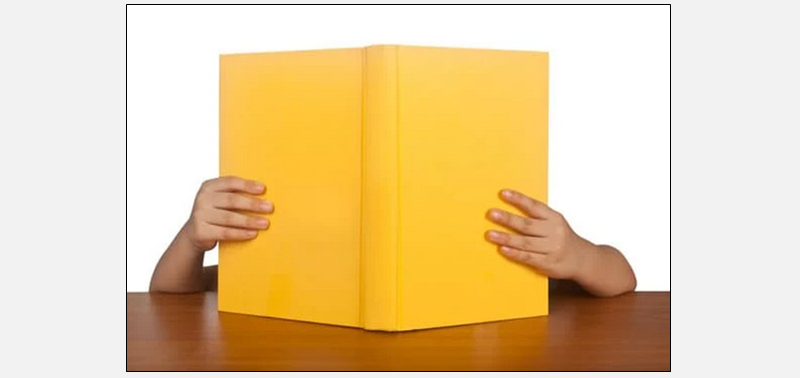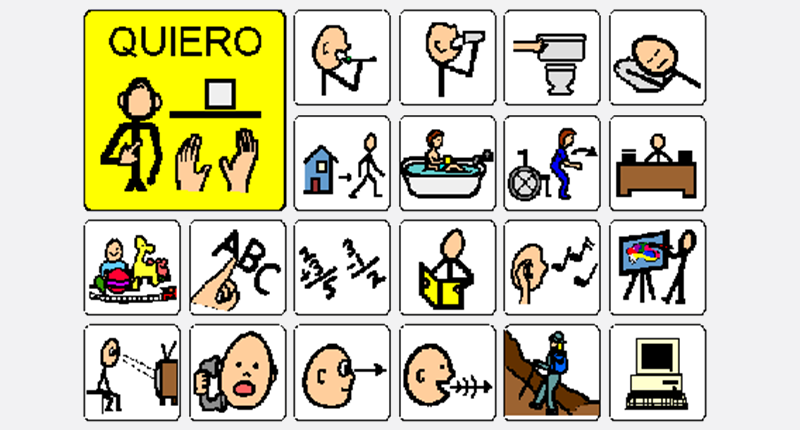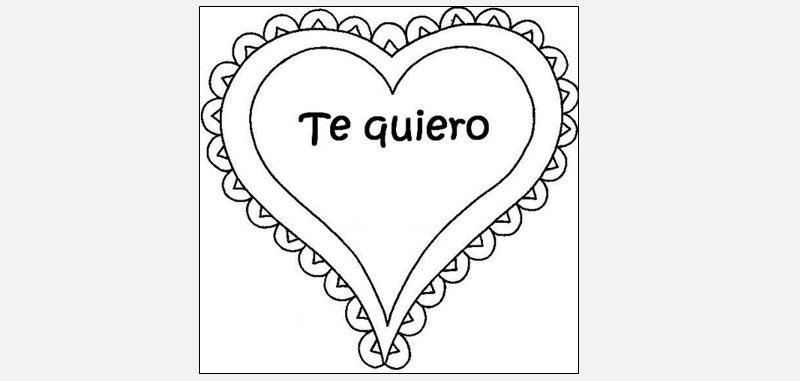Querer/To want
WAYS WE CAN USE THE WORD/COMO PODEMOS USAR LA PALABRA
REQUEST: The word quiero helps students communicate their preferences, choices, and requests (e.g., Quiero más galletas, por favor. No quiero beber).
[I want more cookies, please. I don’t want to drink].
GAIN ATTENTION: Students can get your attention by indicating wants and needs, e.g., Quiero eso. [I want that].
PROTEST: Students can tell us that they don’t want something. This is important to empower the students and give them more control over what happens, e.g., No quiero; quiero parar. [I don’t want to; I want to stop].
GET HELP: e.g., Quiero ayuda. Quiero agua. [I want help; I want water].
COMMENT: e.g., Mañana quiero comer papas fritas. Yo quiero correr. [Tomorrow I want French fries. I want to run].
EXPRESS AFFECTIONS: e.g., Te quiero. [I love you].
CONJUGATIONS FOR PRESENT AND PAST (PRETÉRITO INDEFINIDO)
|
SUBJECT |
PRESENT |
PAST |
|
I |
Quiero |
Quise |
|
You |
Quieres |
Quisiste |
|
He/She/You (Formal) |
Quiere |
Quiso |
|
We |
Queremos |
Quisimos |
|
You (plural)/They |
Quieren |
Quisieron |
For specific questions or more ideas regarding this core word activity sheet, please contact Alana Tran at alanatranslp@gmail.com. Thank you!
Snack/Mealtimes: Students can indicate they want to eat or drink an item,
e.g., “Quiero comer”, or “Quiero beber”. [I want to eat; I want to drink]
Free Time: Students can indicate what task they want to do. When it’s time for free time, ask the students what they want to do. You can use their AAC system(s) to model Quiero + item, or Quiero + activity.
(e.g., “Quiero rompecabezas”, or “Quiero dibujar”).
[I want puzzles; I want to draw]
Activity Centers: Students can indicate who wanted to do what activity first.
(e.g., “Quiero practicar matemáticas” or “Quiero leer”).
[I want to practice math; I want to read]

Toys and Games: During playtime, students can indicate what activities and in what order they would like to engage, following an adult model as needed.
(e.g., “Quiero ir primero”, or “Quiero papel”)
[I want to go first, I want paper]
Mr. Potato Head: When playing with Mr. Potato Head, students can be prompted to use the Quiero + object structure to request the next element that they would like to place on Mr. Potato Head.
(e.g., “Quiero el sombrero”) [I want the hat]
Recess: During recess, students can make requests for what equipment and activities they want.
(e.g., “Quiero la pelota”, or “Quiero columpiarme")
[I want the ball, I want to swing]
Here are some suggested books on YouTube that can assist in teaching the core word:
- Adivina cuánto te quiero: By Sam McBratney | Children’s Book Read Aloud by Leticia Jiménez García
- This book explores the love that exists between parents and their children, and allows students to think about the most important people in their lives and how much they love them.
- Te quiero tal como eres: By Tammi Salzano and Ada Grey | Children’s Book Read Aloud by Cuentos Infantiles
- This book also explores the theme of love between a parent and their child through a series of colorful examples and illustrations.
- No quiero ir a la escuela: By Stephanie Blake | Children’s Book Read Aloud by AniLu
- The story of how a young rabbit overcomes his fear of school, and even comes to love it.
- I Want My Banana/Quiero Mi Plátano: By Mary Risk | Bilingual Children's Book Read Aloud by Spanish Mundo
- This fun bilingual children’s picture book follows a monkey’s search for a banana, while repeating the core word quiero in both English and Spanish.
Free Time: When a student appears to be disinterested in an activity, adults can model on a student’s AAC system that they don’t want something or that they want to be done. A student’s ability to refuse items provides them with the power to choose and control their environment.
(e.g., “No quiero”, “Quiero parar”.)
[I don’t want to, I want to stop]
Sharing and Helping Others: Students can be encouraged to use the core word when collaborating with their peers in various contexts. The adult can model phrases such as “¿Quieres ayuda?” or “¿Quieres el mío?”
[Do you want help?, Do you want mine?]
Low-Tech Communication Board: The adult can collaborate with the student to create a personalized low-tech communication board which the student can reference throughout the day when communicating their wants, using quiero.

Playing ball: For certain items like a ball, adults can ask a student, “¿Qué quieres hacer? ¿Patear, lanzar o atrapar la pelota?” (What do you want to do? Kick, throw, or catch the ball?) The student(s) can respond with Quiero + action
(e.g., “Quiero patear”, or “Quiero lanzar”).
[I want to kick, I want to throw]
Sensory Bin: Students can be encouraged to use the sentence structure “Quiero + item” [I want + item] when requesting objects from sensory bins.
Here are videos that could help to model the core word:
- Quiero un Hipopótamo por Navidad | Children’s Song | By Dubbi Kids
- Sesame Street: Romeo Santos and Elmo sing "Quiero Ser Tu Amigo"
- Mamá Quiero un Perrito | Animated Short | By Apploide Educa
- No Me Quiero Bañar| Children’s Song | By Tatiana
Music: Adults can ask students what song they want, and model the phrase on their AAC system (e.g., “Quiero la canción dos”).
[I want song two]
Wish List: Students can make a list of what they want for their birthday, other holidays, or to eat or drink for dinner (e.g., “Quiero el osito”).
[I want the teddy bear]
Science Project: During a science project, students can ask for tools they need. (e.g., “Quiero la regla”).
[I want the ruler]
Art Project: During an art project, students can pick the paint color, marker, or crayon they want for an art project, e.g., “Quiero el verde”.
[I want green]
“When I Grow Up…” Art Activity: For this art activity, students can draw what they want to be when they grow up. At the top of the paper, above their drawing, the student or adult can write headings such as, “Quiero ser maestro” or “Quiero ser feliz.”
[I want to be a teacher; I want to be happy]
Valentines Day Art Project: For Valentine’s Day, student can create their own valentines or color in templates available online (including the phrase “Te quiero” / “I love you”). Students can then share these Valentines with family members or close friends. Example resource from Raskrasil webpage.

Make a Pizza: The student can choose the ingredients for a virtual pizza, using “quiero” to describe which ingredients they want to add.
WORD WALL: Create a WordWall and add “quiero” to the list.
READING and the Word Wall: Sound out the letters together. Have the students find the word on the AAC system.
WRITING and the Word Wall: Using a pencil or alternative pencil, have students try to type the word on the keyboard or write the word together.
Choosing Words for the Classroom Word Wall with Dr. Caroline Musselwhite Video. Courtesy of Edmonton Regional Learning Consortium.